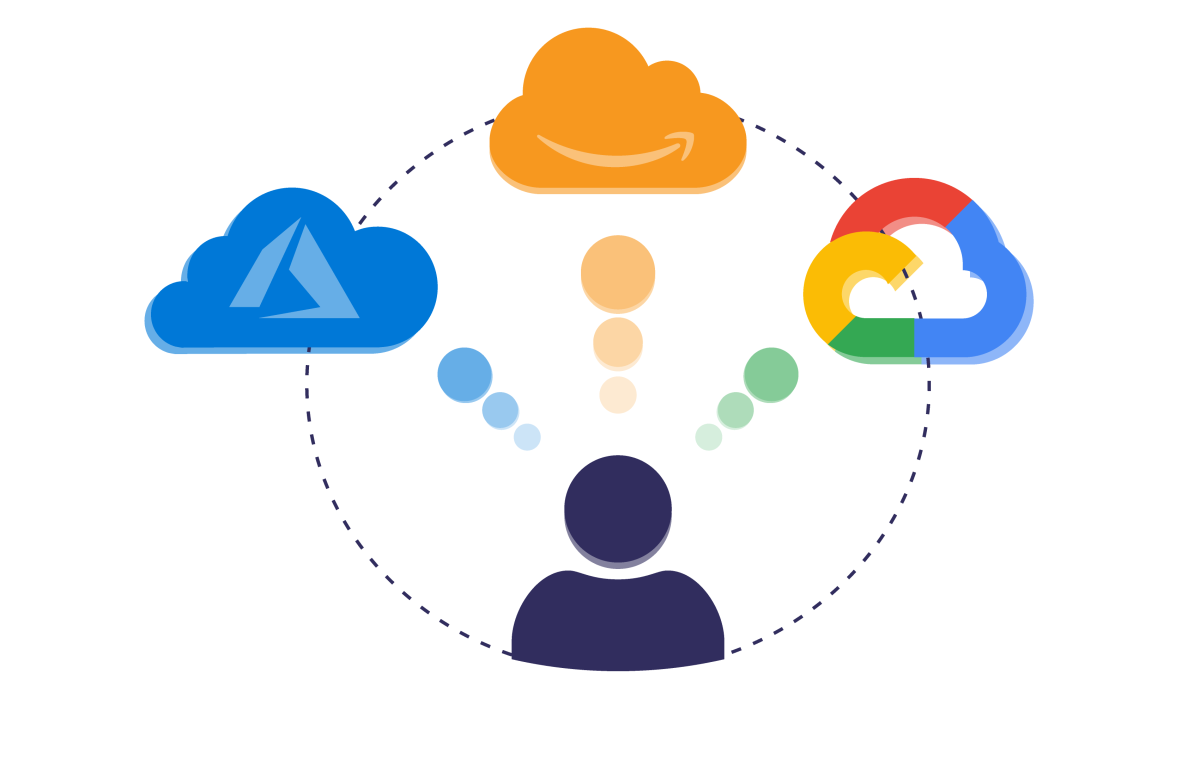What does success look like to you when it comes to securing applications in the public cloud?
Perhaps it’s surviving the year without hitting the headlines for a data breach. Or being able to understand your organization’s cloud infrastructure footprint so you can accurately secure it?
Maybe you want to ensure compliance audits go off without a hitch? Or improve collaboration on security and compliance fixes with siloed compliance and development teams?
Whatever you want to do, this article can help. It explores the seven most important steps in securing the public cloud, providing practical guidance that every organization can follow. It includes the results of threat research from SophosLabs into the frequency with which cybercriminals target cloud-based instances. This guide also explores how Sophos Cloud Optix enables organizations to
address their security and visibility challenges.
Step 1: Learn your responsibilities
The shared responsibility model means public cloud providers are responsible for the security of the cloud, including physical protection at the datacenter, and virtual separation of customer data and environments. However you are responsible for the security of anything (data, workloads) you place in the cloud.
Step 2: Plan for multi-cloud
When planning your security strategy start with the assumption that you’ll use multiple public cloud providers – if not now, at some point in the future. In this way you can future-proof your approach.
Step 3: See everything
If you can’t see it you can’t secure it. That’s why one of the biggest requirements for a good security posture is having accurate visibility of all your cloud-based infrastructure, configuration settings,
API calls, and user access.
Step 4: Integrate compliance into daily processes
The dynamic nature of the public cloud means that continuous monitoring is the only way to ensure compliance with many regulations. The best way to achieve this is to integrate compliance into daily activities, with real-time snapshots of your network topology and real-time alerts to any changes.
Step 5: Automate your security controls
Cybercriminals increasingly take advantage of automation in their attacks. Stay ahead of the hackers by automating your defenses, including remediation of vulnerabilities and anomaly reporting.
Step 6: Secure ALL your environments (including dev and QA)
While the data breaches that made headlines tend to hit a production cloud environment (the one customers use), attackers are just as likely to come after your development and QA environments for activities like cryptojacking.
Step 7: Apply your on-premises security learnings
On-premises security is the result of decades of experience and research. Use firewalls and server protection to secure your cloud assets against infection and data loss, and keep your endpoint and
email security up to date on your devices to prevent unauthorized access to cloud accounts.
Learn more about securing the Public Cloud, here.
Solution – Cloud Optix
See everything, security everything. Visibility is the foundation on which all public cloud security policies and activities are built. Sophos Cloud Optix makes it simple to monitor multiple cloud Provider environments including Amazon Web Services (AWS) accounts, Microsoft Azure subscriptions, Google Cloud Platform (GCP) projects, Kubernetes clusters, and development code repositories. An agentless, SaaS-based service integrating with native public cloud provider APIs, Cloud Optix automatically builds a complete picture of architecture, including a full inventory and real-time network topology visualization including hosts, networks, user accounts, storage services, containers, and serverless functions. Read more about the solutions, here.
![]()
![]()

